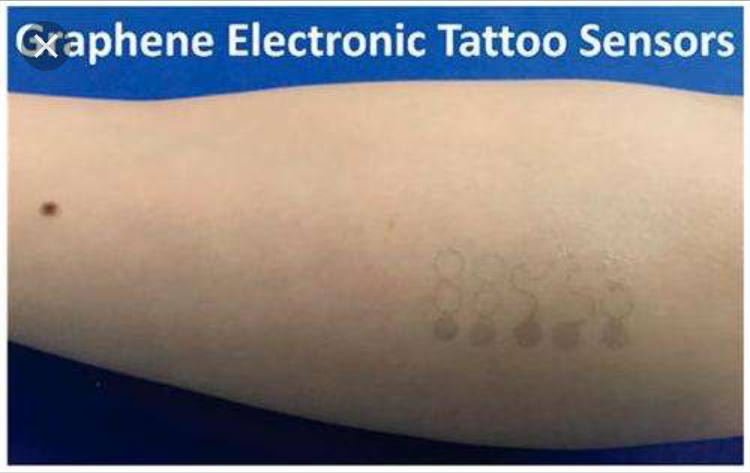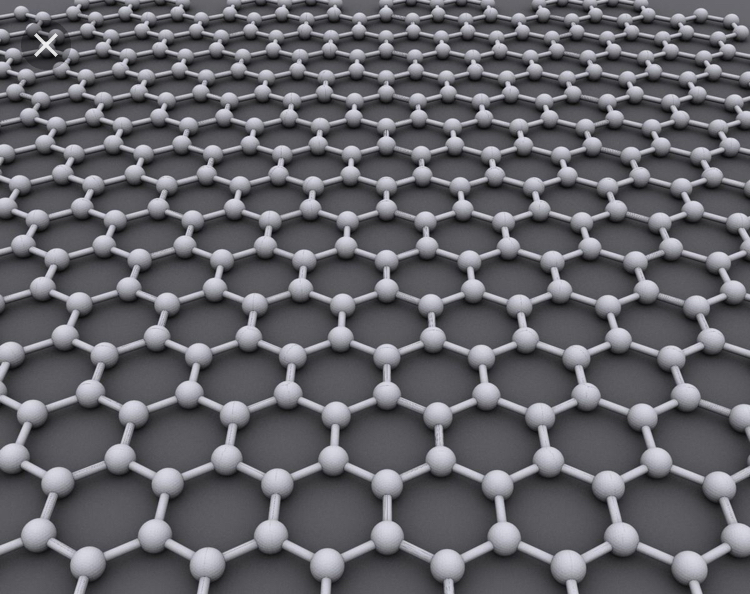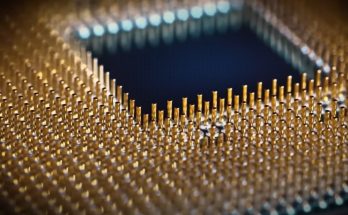
By Sharmini Jayawardena
Researchers led by Deji Akinwande and Nanshu Lu of the University of Texas, Austin, USA, have developed the Graphene electronic tattoo that can be applied to the skin with water.
What is an electronic tattoo sensor you may ask?
It’s a tattoo that can act as a biometric device that can measure the electrical activity of your heart



“Graphene is an allotrope of carbon consisting of a single layer of carbon atoms arranged in an hexagonal lattice. It is the basic structural element in many other allotropes of carbon, such as, graphite, charcoal, carbon nanotubes and fullerenes.”

Although the Graphene electronic tattoo is similar to commercially available electronic devices for health and fitness tracking, the ultra thin Graphene tattoo can fully conform to the skin, and offer medical grade data quality, in contrast to the lower performance of the rigid electrode sensors mounted on bands and strapped to the wrist or chest requiring gel or paste to enable the electrodes to function.
The researchers have published a paper on the new Graphene electronic tattoo and how it functions, in a recent issue of ACS Nano.
This design which is “a Graphene based tattoo can be directly laminated on to the skin with water, is similar to a temporary tattoo. But instead of featuring artistic or colorful designs as in the decorative tattoos we wear, the Graphene tattoo is nearly transparent. It’s main attraction being, Graphene’s unique electronic properties enabling the tattoo to function as a wearable electronic device!
This is a major breakthrough in wearables alone, if not wearable electronics!
“The Graphene tattoo is a dry physiological sensor, which because of its thinness, forms an ultra-conformal contact to skin, resulting in increased signal fidelity”, according to coauthor Shidieh Kabiri Ameri, at University of Texas, Austin, who spoke to phys.org.
“Conformability results in less susceptibility to motion artifacts, which is one of the biggest drawbacks of conventional dry sensors and electrodes for physiological measurement.”
The tattoos retain their full functionality for around two days or more, but can be peeled off with a piece of adhesive when required.
The fact that the tattoos are more stretchable than human skin makes it barely perceptible, mechanically, and visible optically.
“Tests have shown that the Graphene tattoo can be used to measure a variety of electrophysiological signals, including skin temperature and skin hydration. It can function as an electrocardiograph (ECG), electromyogram (EMG), and electroencephalogram (EEG), for measuring the electrical activity of the heart, muscles, and brain, respectively.”
Kabiri Ameri says: “(the) Graphene electronic tattoos are most promising for potential applications in mobile health care, assisted technologies, and human machine interface.”
“In the area of human machine interfaces, electrophysiological signals recorded from the brain and muscles can be classified and assigned for specific action in a machine. This area of research can have applications for the internet of things, smart houses, and cities, human computer interaction, smart wheelchairs, speech assistance technology, monitoring for distracted driving, and human-robot control.”
“Recently, we have demonstrated the application of Graphene tattoos for human signals to wirelessly control flying objects. That demonstration will be reported in the near future.”
WoW





